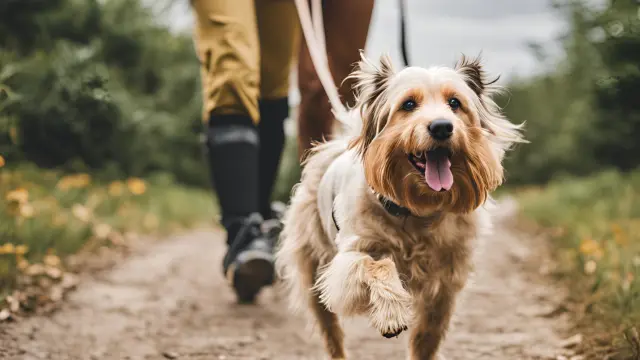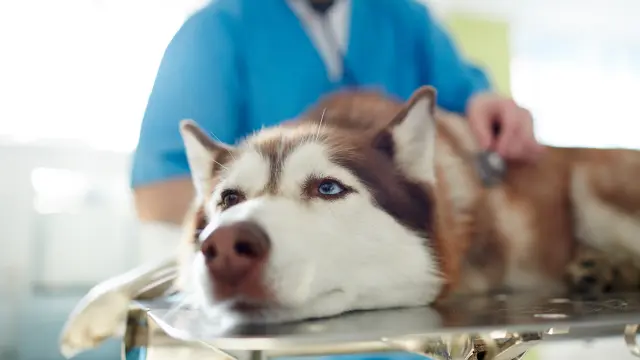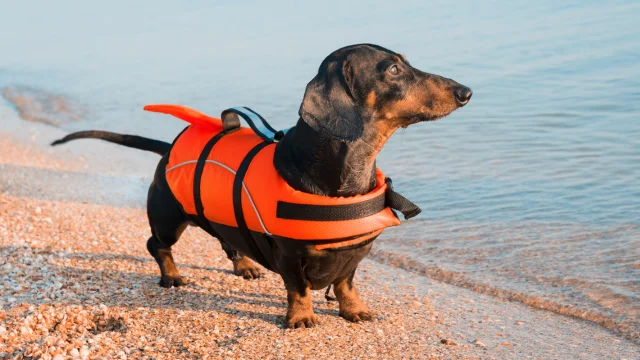12 Tips to Keep Your Dog’s Paws Safe in Winter
Winter can be tough on your furry friend’s paws. With the cold weather, ice, and salt on the roads, your dog’s paws need extra attention. Cracked, irritated paws can make your pup uncomfortable and even lead to health problems. In this blog, we’ll explore 12 essential tips to protect your dog’s paws during the cold months. Let’s get started!

Why Dog Paws Need Special Attention in Winter
Winter poses lots of risks for dog paws. Snow and ice can be harsh on the pads, while salt used on sidewalks can cause irritation. Cold temperatures can make the skin on their paws dry and cracked. Unprotected paws can lead to discomfort, infections, and other health issues. It’s crucial to take steps to keep those paws safe and healthy.
Tip 1: Use Dog Boots for Full Protection
Dog boots are one of the best solutions for protecting your dog’s paws from snow, ice, and salt. They act as a barrier, keeping the paws clean and warm. Popular options include Ruffwear Grip Trex, Muttluks, and Pawz Dog Boots. To ensure a good fit, measure your dog’s paws and choose the right size. Gradually acclimate your dog to wearing boots by letting them wear them indoors first.
Tip 2: Apply Dog Paw Balm for Protection and Healing
Paw balms are great for moisturizing and protecting your dog’s paws. They create a barrier against ice and salt while keeping the skin soft. Some popular choices are Musher’s Secret, Paw Nectar, and Burt’s Bees Paw and Nose Lotion. You can even make your own DIY paw balm using coconut oil, beeswax, and shea butter!
Tip 3: Clean and Check Paws After Each Walk
After each walk, it’s important to wipe off any ice, snow, or salt from your dog’s paws. This helps prevent irritation and discomfort. You can use pet-safe wipes or warm water to clean them. Make sure to inspect the paws for any cuts or cracks and apply some healing balm if necessary.
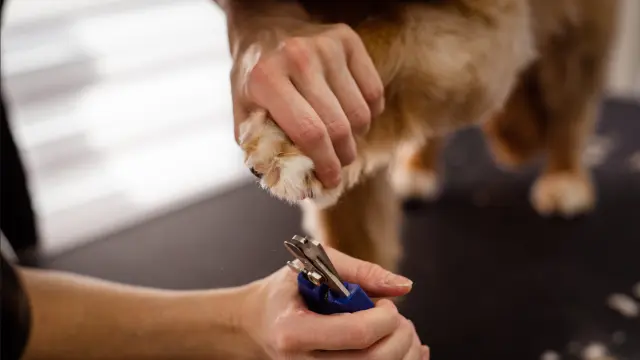
Tip 4: Trim Paw Fur to Prevent Ice Buildup
Trimming the fur around your dog’s paw pads can help prevent ice balls from forming. These ice balls can be quite painful and make walking difficult. Using dog grooming scissors or a paw fur trimmer can make the process safe and effective.
Tip 5: Use Paw Wax for Added Grip
Paw wax can provide better traction on icy surfaces and prevent slips. Products like PawFriction, Safe Paw Ice Melt, and Musher’s Secret Paw Wax are highly recommended. Applying wax to your dog’s paws before heading out can keep them stable and secure on slippery paths.
Tip 6: Avoid Harsh De-Icers
Chemical de-icers can irritate your dog’s paws and lead to cracks. It’s best to use pet-safe ice melts like Safe Paw or Morton Safe-T-Pet to avoid any harm. These alternatives are gentle on paws and also safe for the environment.
Tip 7: Moisturize Paws Regularly
Keeping your dog’s paws moisturized is key to preventing dryness and cracking. Use a moisturizing paw lotion or balm regularly. Products like Vets Preferred Advanced Pad Protection and Pet Head Oatmeal Paw Butter are excellent choices.
Tip 8: Shorter, More Frequent Walks
During extreme cold, it’s better to opt for shorter walks with frequent breaks. This limits your dog’s exposure to harsh conditions. Adjust the length of the walks based on your dog’s tolerance to cold weather.
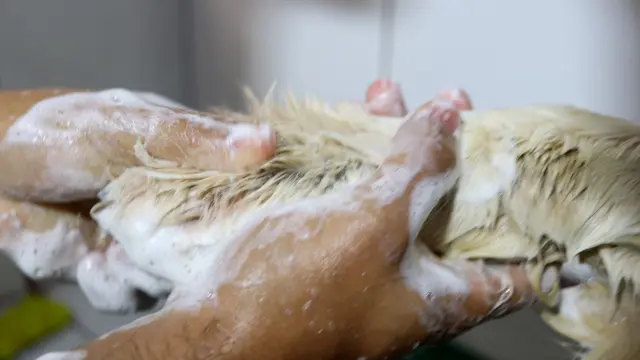
Tip 9: Warm Paw Baths for Soothing Relief
After a winter walk, soaking your dog’s paws in a warm water bath can provide soothing relief. Adding Epsom salts can help with healing. Pet-safe paw soaks are another good option to consider for extra care.
Tip 10: Use Indoor Paw-Friendly Mats
Cold floors can be tough on your dog’s paws. Lay down non-slip mats or rugs indoors to provide a warm walking surface. Products like Ruffwear Grip Mat or PetSafe CozyUp are ideal choices to consider.
Tip 11: Hydrate Your Dog
Proper hydration keeps your dog’s skin, including their paws, healthy and less prone to cracking. Make sure your dog always has access to fresh water. For outdoor dogs, heated water bowls can keep the water unfrozen.
Tip 12: Monitor and Treat Paw Infections
Regularly check your dog’s paws for signs of infection from cracks or exposure to ice. Use pet-safe antiseptic sprays like Vetericyn to treat any redness or swelling. If the issue persists, consult your vet for proper treatment.
Conclusion
Winter can be tough on dog paws, but with the right care, you can keep them healthy and happy. Follow these 12 tips to protect your dog’s paws from the harsh winter conditions. Remember, proactive care can prevent a lot of discomfort and health issues for your furry friend. Stay proactive with paw care routines and enjoy winter walks with your dog!
For more tips and personalized advice, join our community of pet lovers and stay updated on all things pet care. Your dog will thank you!
Frequently Asked Questions
How often should I check my dog’s paws in winter?
It’s best to check your dog’s paws after each walk during the winter months. This allows you to promptly address any issues like salt residue, ice buildup, or signs of irritation that could arise due to harsh weather conditions.
Can I use human moisturizers on my dog’s paws?
No, it’s not recommended to use human moisturizers on your dog’s paws. Human products may contain ingredients that could be harmful if ingested by your dog. Instead, use products specifically formulated for dogs, like pet-safe paw balms and lotions.
What should I do if my dog refuses to wear boots?
If your dog resists wearing boots, it’s important to gradually acclimate them by introducing the boots indoors and offering plenty of positive reinforcement. You can also try other protective measures like applying paw wax or balm as an alternative.
Are salt and de-icers safe for my dog?
Common road salts and de-icers can be harmful to dogs if ingested or if they irritate their skin. It’s advisable to use pet-safe ice melts specifically designed to be gentle on paws and safe for pets.
How can I prevent ice balls from forming on my dog’s paws?
Regularly trimming the hair around your dog’s paw pads can help prevent ice ball formation. Additionally, applying a paw balm or wax before going on walks can create a barrier between the fur and the snow.

